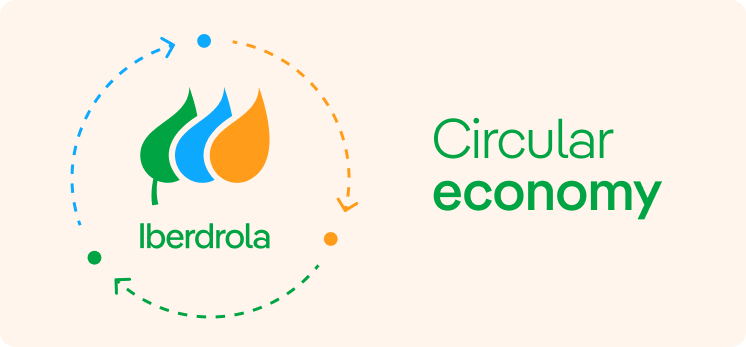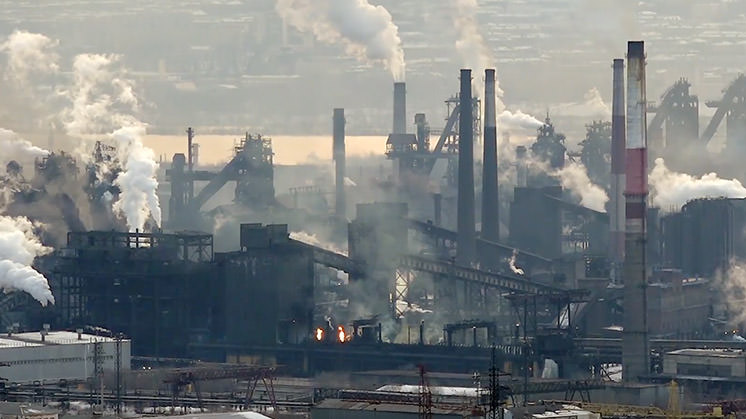Circular economy and sustainable business model
The circular economy is the basis of the Iberdrola Group's sustainable business model
The circular economy implies a cultural change in the way we understand the production and consumption system in order to deal with a lack of resources, environmental impacts, value creation and employment.

On the occasion of World Environment Day, Iberdrola group reaffirms its commitment to reducing emissions through the circular economy.
This new economic model is presented as a resource use system where the best waste is the one that is not produced and, those that are inevitable, are considered resources that can be reused and recycled.
For the Iberdrola group, the circular economy is therefore a key element for sustainable development and represents an opportunity to drive forward climate action and the energy transition.
The group has been working in this field for some time, both through its activity and the way it works with suppliers and customers.
Our sustainable energy model, which is committed to the decarbonisation and electrification of the economy as well as innovation, is directly aligned with the circular economy by reducing emissions, using renewable resources for production, improving efficiency, optimising resources and maximising waste recycling. The company also sponsors research into developing new technologies and devising solutions for reusing waste and promoting responsible consumption through environmental awareness programs.
Circular economy model at Iberdrola
Over 89 million tones of CO2 avoided in the last three years
The Iberdrola group also prioritises the hiring of companies with environmental management systems: driving ecodesign in collaboration with our suppliers, analysing product life cycles and encouraging the use of materials with low environmental impact. On the other had, it offers its customers high-energy efficient products that make use of digitalisation and use renewable energies, the group also promotes electric mobility.
The life cycle approach as a tool for circularity
Since 2014, Iberdrola has integrated the life cycle approach into its management, which is the basis for the transition to the circular economy:
Calculating
Calculating its Corporate Environmental Footprint, being pioneers in verifying it through AENOR under the ISO TS 14072 standard and the Recipe methodology since 2015, and using the results as a tool to define its environmental objectives.
With Environmental
With Environmental Product Declarations (EPD) for its wind farms:
Through
Through infrastructure eco-design with the aim of:
- Increasing the energy efficiency of equipment and facilities.
- Selection of the most efficient or eco-designed equipment.
- Reducing the amount of materials used in the facilities.
- Replacing materials with others with a lower environmental impact.
With the life cycle
With the life cycle analysis of technologies to support decision making:
- Comparative Life Cycle Analysis (LCA) of the different photovoltaic solar generation technologies.
- Comparative Life Cycle Analysis (LCA) of the different electric vehicle technologies.
Circular economy pact
In 2017, Iberdrola signed up to the Circular Economy Pact: A commitment by the economic and social agents 2018-2020 that the Spanish government signed with the European Commission within the framework of the Commission's 2020 European Growth Strategy and the so-called Roadmap to a Resource Efficient Europe.
The Pact, to which public and private bodies have joined, aims to involve Spain's main economic and social agents in the transition to a new economic model.
In 2019, Iberdrola improved its economic strategy by identifying specific indicators for the company's materials flow to reduce the percentage of waste generated, increase the percentage of waste recycled and increase the percentage of secondary materials through supplier traction.
Involved agents to the 'Circular Economy Pact' [PDF] External link, opens in new window.






 Life cycle analysis approach
Life cycle analysis approach